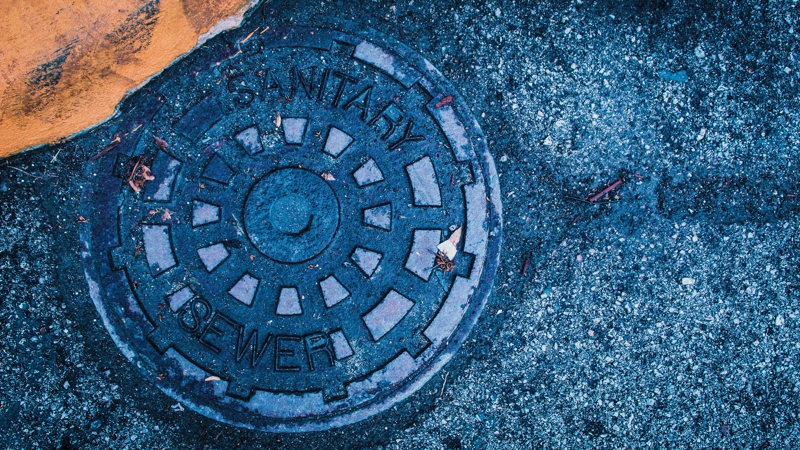
How we can move to a better approach
Key issues for the future outcomes framework
The Outcome Delivery Incentive (ODI) framework was introduced for the 2015-2020 price control period and remains in place, albeit with some alterations, for the current one (2020-2025).The key question now is whether the framework should evolve for the next price control or be replaced by an alternative mechanism. Ofwat has indicated that it wants to retain the framework for the next price control rather than replace it, so the principal question is how to improve the design. Against that background, in the figure below we identify the main issues that need to be addressed.
Figure 1 Issues to be addressed in the future framework

What should we do now to create a better approach for setting PCs and ODI in the future?
Identify clear objectives for the outcomes framework
To assess how the ODI approach can be made more effective, we first review the overall objectives of the framework. There are some clear trade-offs across the objectives (shown in Figure 2), and it is important for the industry to agree on what weight to give them in order to inform the design of the future framework. In our view, legitimacy is fundamental, and the ODIs provide an opportunity to increase trust in the sector.
Figure 2 Objectives of outcomes framework

Source: Frontier Economics
Measures need urgent work
A number of questions need to be answered about the design of effective measures, including: how broad should the scope be; how can we design higher-level measures that are closer to the ultimate customer outcome; and how can we factor in long-term outcomes. To address these and to be ready with a more meaningful set of measures at PR24, we need to carry out the following steps now.
Figure 3 Steps to developing new measures

Source: Frontier Economics
Targets and incentives need to be integrated with the cost assessment and the role of customer engagement needs to be clearer
How targets are set in future raises a number of points, including how they should be aligned with the cost assessment framework and how robust, longer-term targets can be introduced. One option would be to set dynamic targets for customer-facing measures and to introduce a risk assessment framework for resilience measures.
In our view, the industry needs to make an early decision on the direction of travel to allow sufficient time to develop a detailed approach, and in doing so strike the right balance between achieving efficiency and delivering legitimacy.
Similarly, a number of questions need to be explored when assessing how incentives should be set in future, including:
- who should receive underperformance payments;
- how long-term incentives should work;
- what the role is for the customer voice in the process and what issues should they have a direct view on; and
- who should make the final decision on how incentives are set.
Figure 4 Steps for developing target-setting methodology
Targets

Source: Frontier Economics
Figure 5 Steps for developing incentives
Incentives

Source: Frontier Economics
Click below to download our full analysis.





